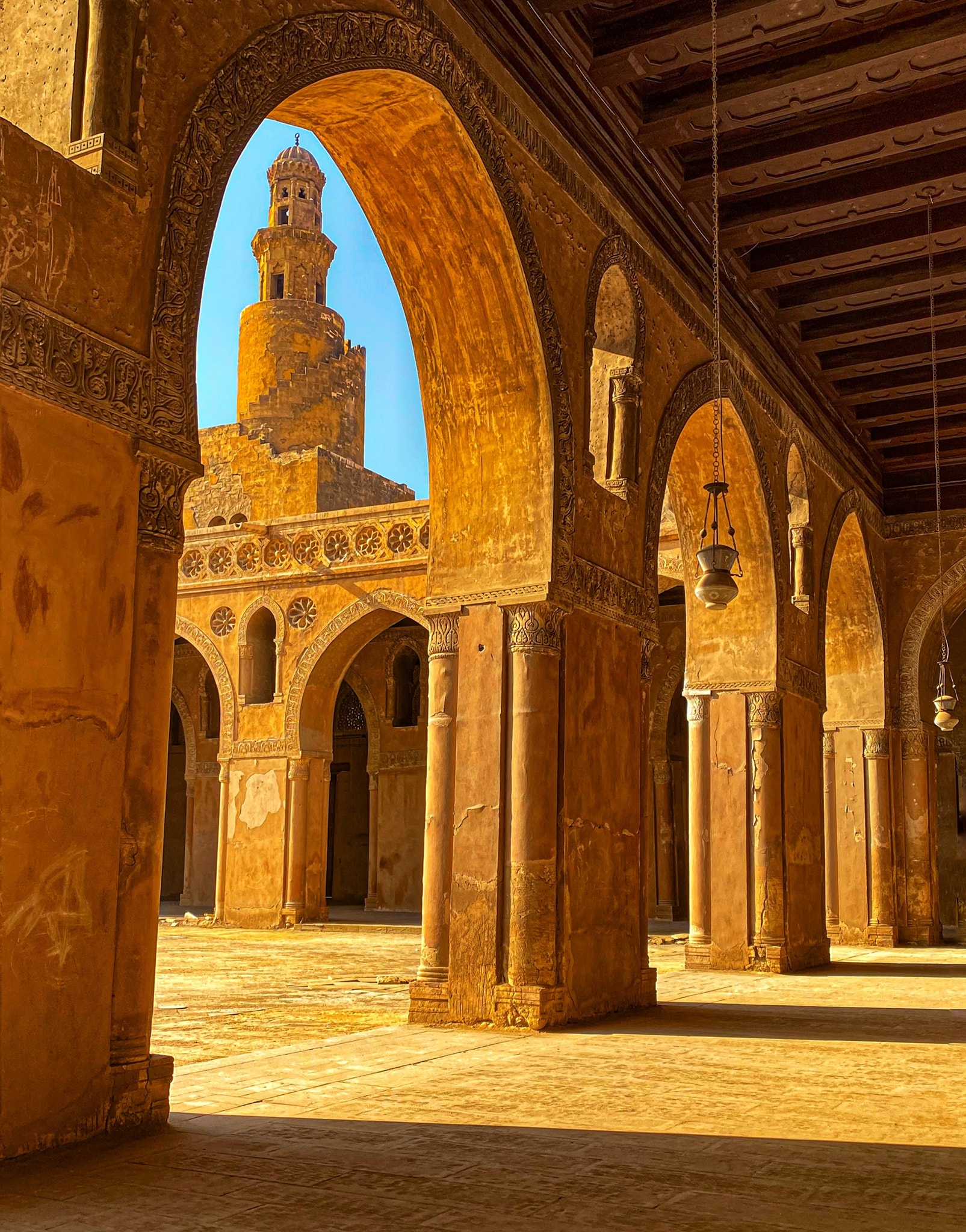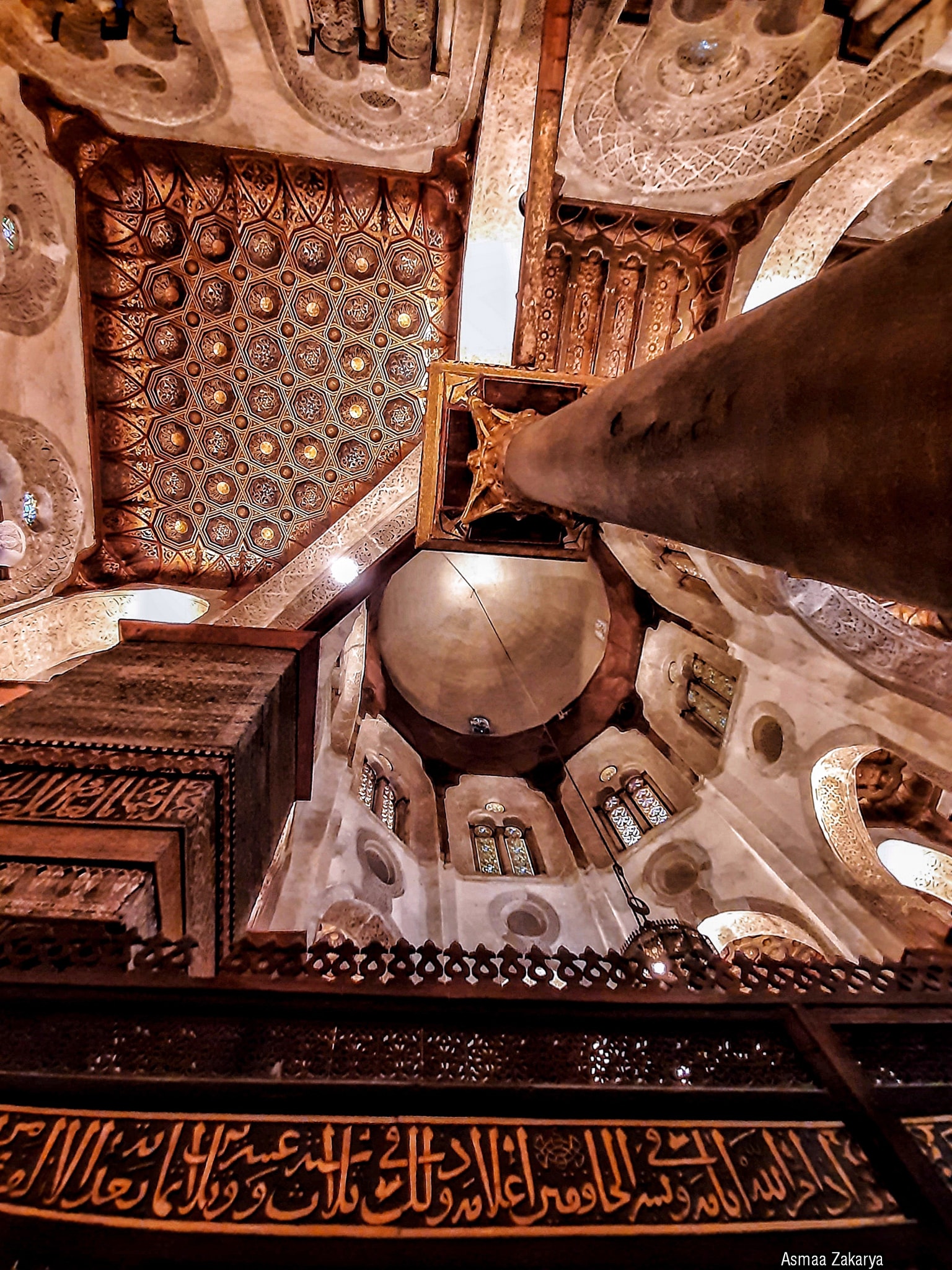Cairo
Cairo
Egypt's capital and the largest metropolis in Africa, since the pharaonic period the capital in
Egypt meant the whole country. The Egyptians called it, mother of the world. Despite the fact
most Egypt's capitals in ancient time, were located around or nearby the modern day city, but
the actual history of the city bearing the name of Cairo (AL-Qahira-meaning the victorious-
for the locals), dates back to 969 AD, when the Fatimid General "Jawhar- AL-Siqilli founded
a royal city for His Master AL-Muiezz – LI – Din – Allah. During the Fatimid period, the city
enclosed by tower-gated walls, was a true royal city, marked by its two famous palaces, the
Eastern-Big palace, and the small western palace, and at the center of the city was the first
structure built in the newly founded city, AL-Azhar Mosque, which today stand majestically
as the oldest existing university in the world, followed the death of the last Fatimid Caliph,
Saladin seized power, and founded a new Islamic Dynasty, the Ayyubids (1171-1250), soon
he opened the gated-city of Cairo to the commoners, and in 1176 he began building the
citadel which became the seat of the Egyptian rulers for the next 8 centuries. Following the
end of the Ayyubids period, a new period, though of political instability, and internal
disorder, the Mameluk period (1250-1517) ,but was a time for both military success, and
magnificent monuments were built and many of the then, travelers visited Egypt, described
the splendor of the city with its mosques, palaces, and other buildings.
Under the Ottoman rule (1517-1914) Egypt became a backwater province, under the rule of
Mohamed Ali (1805-1848) who is known as father of modern Egypt, Cairo prospered both
economically and culturally. The infrastructure of the city was rebuilt and a new city center
was well-and beautifully designed by French Planners and Engineers according to European
standards. Ismail, grandson of Mohamed Ali (1863-1879), continued the modernization of the
city, building new roads and buildings, moreover, extending the city in much more European
style, especially for the inauguration of the Suez Canal in 1869.
The British occupation, of 1882 remained for some 70 years, put little changes, except for
public buildings originally existed before, only to serve their affairs. Just at the turning of the
19 th to the 20 th centuries, before the first World War, Cotton revenues resulted in a new
building boom in Cairo which by now had many European inhabitants, therefore, building
style in almost every corner in the city, was European. After the revolution of 1952 the
population of Egypt, particularly Cairo, increased dramatically, its satellite cities have
become suburbs of Greater Cairo, its infrastructure has improved and its ancient monuments
(Pharaonic, Coptic and Islamic) have been tended to.
Today, Cairo is a lively, colourful city of contrasts teeming with people, bustling streets,
never sleep. The dynamic metropolis features numerous heritage sites that imbue the city with
a distinct charm and offer a glimpse into its Pharaonic, Coptic and Islamic histories, these
include the Giza Pyramids, The Hanging and Abu Serga Churches, the Mosque of Ibn Tulun
and AL-Azhar Mosque. All in all, Cairo's culturally rich landscape makes for a must – visit
destination.


